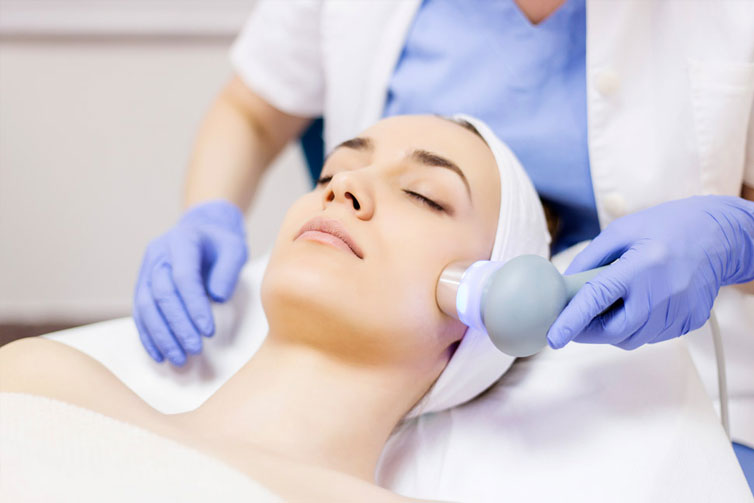
Laser skin rejuvenation is a skin resurfacing treatment that makes use of a laser to improve the appearance of the skin, sun-damaged skin, scars triggered by acne, chickenpox or injuries or treat small face defects.This treatment likewise reduces the appearance of fine lines around the eyes, mouth, and also cheeks. Laser resurfacing can likewise treat loss of skin tone as well as improve your skin tone if you have scars or sunlight damages. It can be done with 2 types of lasers: an ablative laser, gets rid of slim layers of skin and also a non-ablative laser, promotes collagen growth as well as tightens up underlying skin. It is necessary to aim that this treatment can not remove too much or drooping skin (jowls).
An intense beam energy (laser) is routed at your skin. The laser light beam damages the external layer of skin (skin). At the same time the laser heats the underlying skin (dermis), which creates collagen fibers to diminish.
Length
Typically takes between 30 minutes and also two hours, relying on the technique utilized and also the size of the location treated.
Possible Side Effects
Itchiness, swelling, inflammation, acne, infection, changes in skin color, scarring, reduced eyelids transforming external (ectropion), light swelling and also inflammation.
Risks
Using thick creams and bandages to your face after therapy can get worse acne or trigger you to momentarily establish tiny white bumps (milia) on treated skin. Raised or reduced skin coloring (hyper- or hypopigmentation). Non-ablative laser resurfacing can cause a flare-up of the herpes infection.
Recovery
Avoid unguarded sun exposure. After ablative laser resurfacing, the treated skin will certainly be raw, swollen as well as scratchy. When recouping from ablative laser resurfacing, on a regular basis clean the treated area with water, saline or acetic acid and apply thick, protective lotions. Arduous tasks can usually be resumed after a couple of weeks. Cosmetics can be utilized to conceal any kind of inflammation.
Results
Impacts can last for years. Improvements after non-ablative laser resurfacing tend to be steady and dynamic, instead of prompt as well as significant.